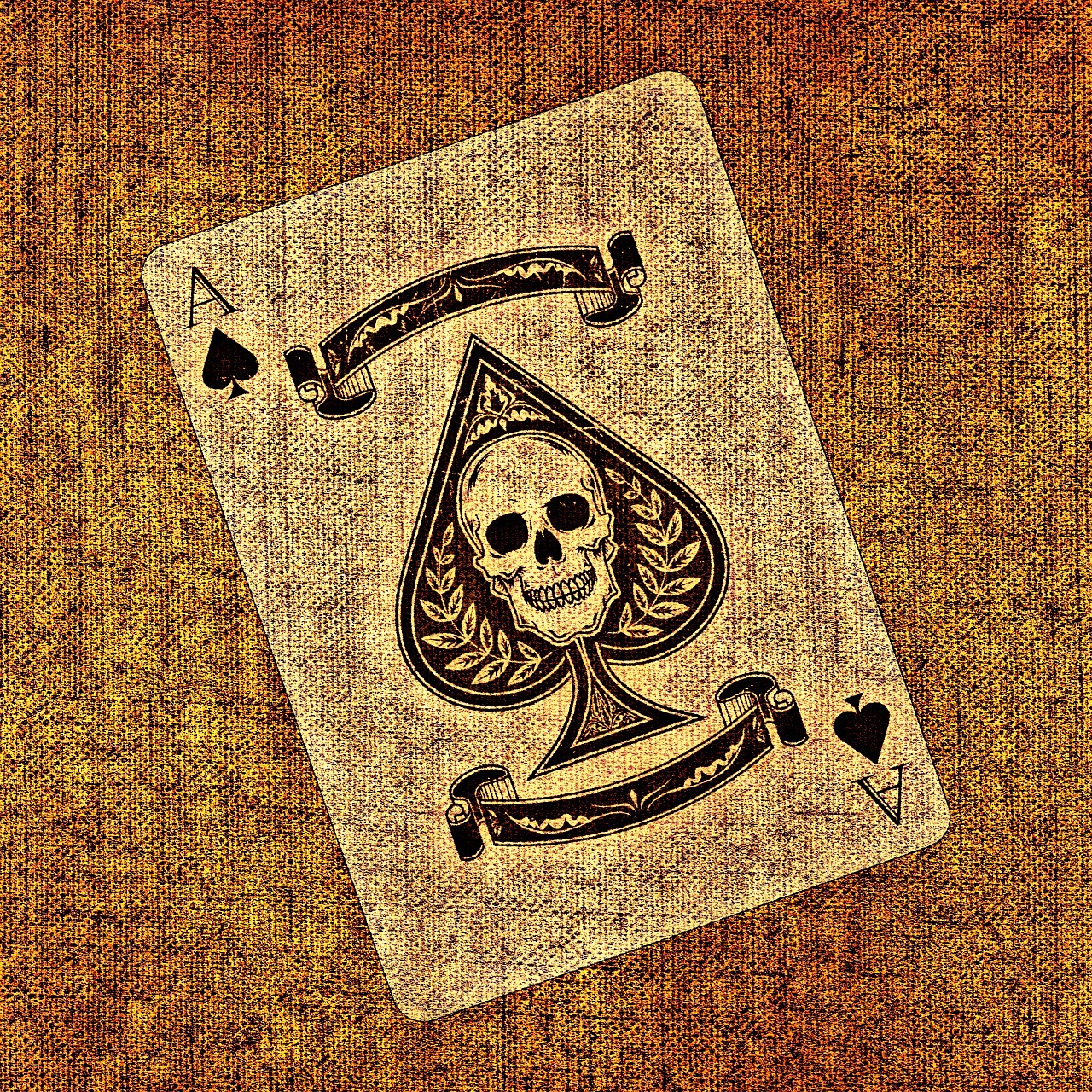Games have been a wellspring of diversion, system, and contest for a really long time. They have risen above time and culture, enthralling individuals from various regions of the planet. However, the beginnings of many games remain covered in secret, passing on us to ponder who previously imagined these games and how they spread across the globe. In this investigation of the secret of game revelation, we'll dive into the fascinating history of games, following their development and the puzzling stories encompassing their creation.

A Round of Chinese Murmurs
The historical backdrop of games is a riddle with unaccounted for parts. To start, we should turn back the clock to antiquated China, where the earliest put down accounts recommend that playing a card game might have first arisen. The specific date of their starting point is subtle, for certain students of history putting it as far back as the ninth hundred years during the Tang Administration. These early cards, dissimilar to the cutting edge playing a card game we know, were logical utilized for different purposes past simple gaming.
One winning hypothesis is that playing a game of cards in old China was a creation of need. Chinese society has a rich history of paper-production, and in that capacity, they might have been among quick to involve paper as a vehicle for cards. These early cards might have had emblematic or instructive purposes instead of sporting ones, as certain cards contained verse, craftsmanship, or authentic data.
The development of these cards stays an issue of hypothesis, as put down accounts are scant and frequently vague. The secret develops as we attempt to sort out how these early cards spread across Asia, at last tracking down their direction into Persia and India.
.jpeg)
As we follow the string of game history, we experience a urgent convergence along the Silk Street, where social trade was at its peak. Persian brokers and voyagers are accepted to have experienced Chinese cards during their movements and took them back to Persia. Here, the cards went through change and transformation, advancing into the now-comfortable deck with four suits: blades, cups, coins, and polo sticks. These suits probably addressed parts of Persian life and culture.
From Persia, playing a card game are accepted to have advanced into India, where they kept on developing. In India, cards became related with divination, and their plans consolidated representative components and multifaceted fine art. These early cards, known as Ganjifa, turned into a staple of Indian illustrious courts and were played in different ways, from betting to narrating.
The path of playing a game of cards turns out to be considerably murkier as they venture into the Bedouin world, where they went through additional change. It was in the Islamic world that the idea of suits," as we probably are aware them today, started to come to fruition. The blades and cups of the Persian deck became swords and cups in the Bedouin world. It's additionally here that the numeric qualities on cards began to acquire importance, making way for games like poker and blackjack.

The Puzzling Jump toward the West

Presently, how about we turn to Europe, where the greatest puzzle in game history unfurls. Playing a game of cards didn't advance toward Europe until the late fourteenth hundred years, a few centuries after their clear starting points in China. The unavoidable issue remains: How could they arrive?
One hypothesis recommends that cards could have arrived at Europe by means of the Silk Street, conveyed by dealers or voyagers, yet the absence of substantial proof leaves this hypothesis speculative. One more chance is that cards showed up in Europe through the extension of the Islamic Realm into Spain during the Medieval times, as Islamic culture was known for its interest with playing a game of cards. In any case, this hypothesis, as well, needs authoritative confirmation.
The most well known legend encompassing the acquaintance of playing a game of cards with Europe includes a knight named John of Rheinfelden. As per this story, John experienced playing a game of cards while a wartime captive in Italy and took them back to his country, acquainting them with Europe. While this story has a heartfelt charm, it stays more fiction than truth, as there is no substantial verifiable proof to help it.
No matter what their starting point, when playing a game of cards arrived at Europe, they spread like quickly. Europeans embraced games with energy, and the deck advanced to incorporate natural suits like hearts, jewels, clubs, and spades. Every area of Europe put its own twist on the deck, prompting varieties like the French deck, the Spanish deck, and the German deck.

A Worldwide Secret Divulged

The secret of game disclosure gradually unwound as playing a card game turned out to be solidly dug in worldwide culture. Games went through additional development, with games like poker, scaffold, and solitaire arising in the eighteenth and nineteenth hundreds of years. The variety of games and the varieties inside each game made a multifaceted trap of rules, techniques, and customs.
As games spread across mainlands, they rose above limits of language, culture, and social class. They turned into an all inclusive type of diversion, giving a shared belief to individuals to interface, contend, and share snapshots of happiness. Games developed into a type of workmanship, with wonderfully planned decks and collectible cards turning into an enthusiasm for fans.
Today, the secret of game revelation keeps on enrapturing history specialists, gamers, and inquisitive personalities the same. While we might in all likelihood never uncover the specific beginnings of playing a card game, the excursion they've taken through time and across mainlands fills in as a demonstration of human imagination, creativity, and the widespread allure of games.

Unwinding the Strings of Time
The secret of game revelation resembles an embroidery woven from strings of history, culture, and human connection. While we might in all likelihood never pinpoint the specific second or individual answerable for creating playing a game of cards, their process through time and across civilizations mirrors the extravagance of our common human experience.
Games, with their getting through prevalence, keep on uniting individuals, offering a brief look into the past while staying a loved type of diversion in the present. As we mix decks, set down cards, and take part in the systems of our #1 games, we become piece of this immortal custom — a practice brought into the world of secret, formed by history, and embraced by ages. What's more, maybe, in this getting through secret, lies the genuine sorcery of games.

follow me on twitter

Thank you so much for reading and joining us on #Hive platform
.gif)
